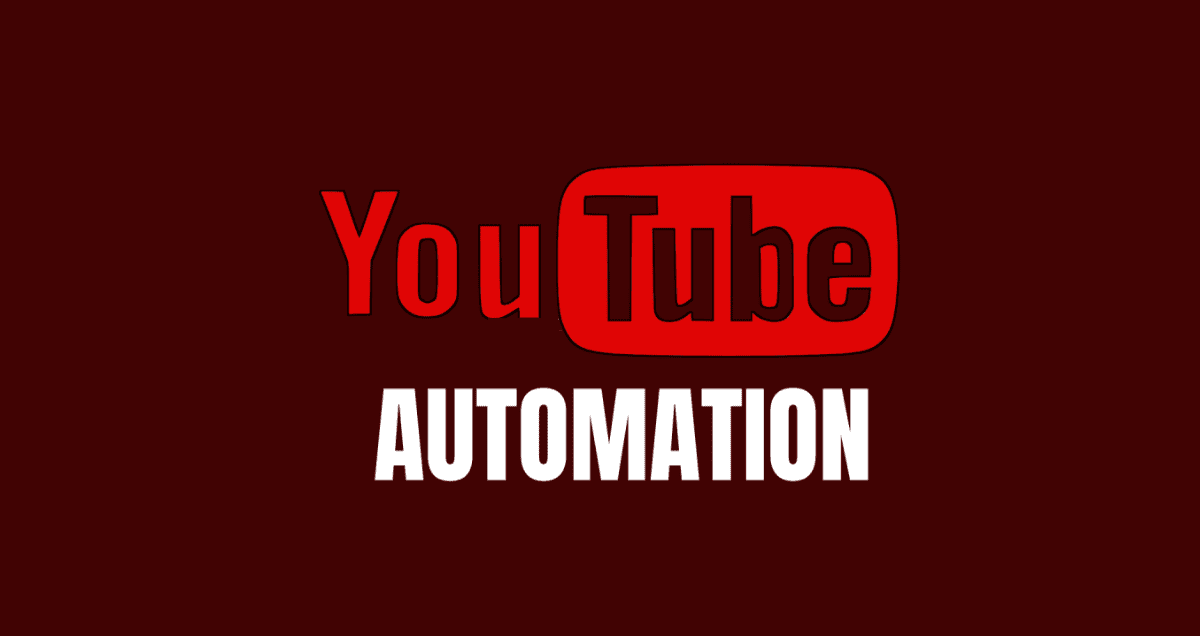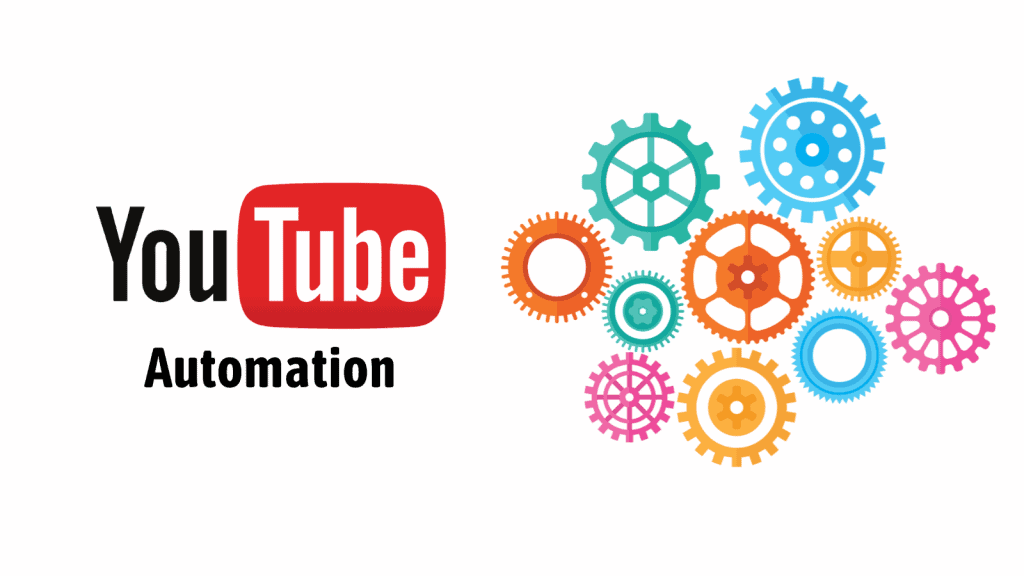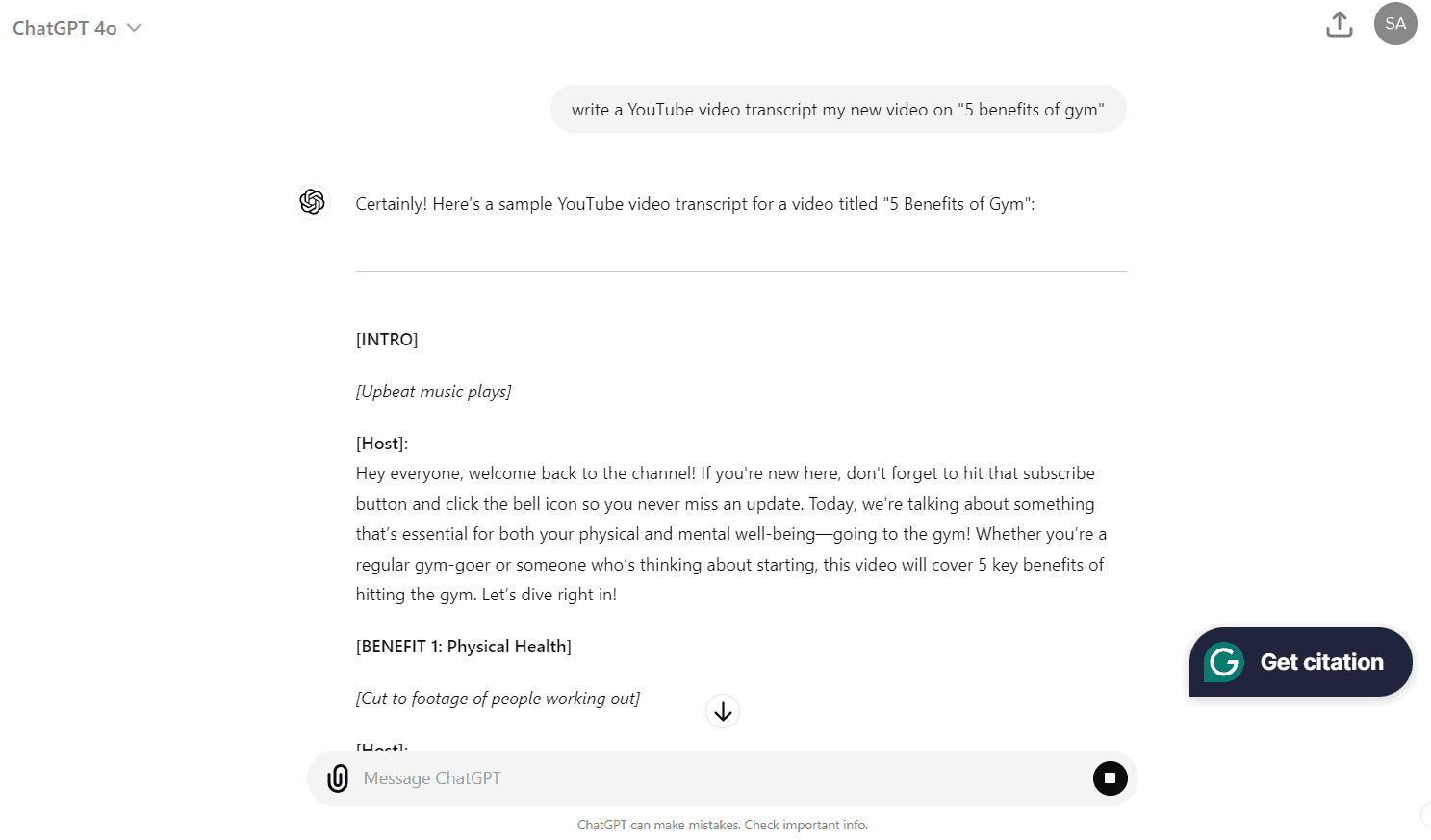What is YouTube Automation?
YouTube automation means getting help to manage the daily tasks of running one or more YouTube channels. Some creators hire a team to design thumbnails, write scripts, edit videos, and create voiceovers.
Others use a mix of people and artificial intelligence. Many AI tools can now help with video editing, voiceovers, and other creative tasks.
Why Start a YouTube Automation Channel in 2024?
The digital landscape is constantly evolving, and 2024 brings new opportunities for creators who want to streamline their content creation process. Automation not only saves time but also allows for consistent content delivery, which is crucial for growing a YouTube channel.
With the right strategies and tools, starting a YouTube Automation channel this year could be a game-changer for your online presence and income.
How to Start a YouTube Automation Channel in 2024?
Starting a YouTube automation channel can help you save time and create great content.
Here’s how to do it:
1. Plan Your Content
Choose a Niche: Decide on a specific topic or theme for your channel, like cooking, tech reviews, or travel.
Research: Look at other successful channels in your chosen niche to get ideas and see what works.
2. Set Up Your Channel
Create an Account: Sign up for a YouTube account if you don’t have one.
Customize Your Channel: Add a unique channel name, a profile picture, and a banner image that represents your content.
3. Gather Your Tools
AI Tools: Find and use AI tools for tasks like video editing, creating voiceovers, and making thumbnails. Tools like Lumen5 or Synthesia can be helpful.
Video Editing Software: Get software like Adobe Premiere Pro or iMovie to edit your videos.
4. Create Your Team
Hire Freelancers: If needed, hire freelancers to help with scripting, editing, and voiceovers. Websites like Upwork or Fiverr can help you find the right people.
Combine AI and Human Work: Use AI tools for repetitive tasks and human creativity for unique touches.
5. Produce Content
Script Videos: Write clear and engaging scripts for your videos. Make sure they are easy to follow.
Record and Edit: Use your team and tools to record and edit your videos. Ensure the audio and video quality are good.
Design Thumbnails: Create eye-catching thumbnails that make people want to click on your videos. Use bright colors and bold text.
6. Upload and Optimize
Upload Videos: Post your videos on YouTube.
Optimize for Search: Use relevant keywords in your video title, description, and tags to help people find your videos. Tools like TubeBuddy can help with this.
7. Promote Your Channel
Social Media: Share your videos on social media platforms like Facebook, Twitter, and Instagram to reach more people.
Engage with Viewers: Respond to comments on your videos and engage with your audience to build a community.
8. Monitor and Improve
Use Analytics: Check YouTube Analytics to see how your videos are performing. Look at metrics like views, watch time, and engagement.
Get Feedback: Listen to your viewers’ feedback and make improvements to your content based on what they like and don’t like.
Starting a YouTube automation channel can make content creation easier and more efficient. Follow these steps to get started and watch your channel grow!
Tips for Successful YouTube Automation
While automation can streamline your workflow, success still depends on how you use these tools. Here are a few tips:
- Balance AI and Human Input: Use AI for repetitive tasks but rely on human creativity for storytelling and unique content.
- Stay Consistent: Automation helps maintain a consistent upload schedule, which is key to building and retaining an audience.
- Focus on Quality: Even with automation, the quality of your content should never be compromised. High-quality content is what ultimately attracts and retains viewers.
Common Challenges and How to Overcome Them
As with any new venture, starting a YouTube Automation channel comes with its own set of challenges. Here are some common issues and how to overcome them:
- Over-Reliance on Automation: While automation is useful, relying too much on it can make your content feel impersonal. Balance is key.
- Technical Difficulties: Sometimes, automation tools may not work as expected. Make sure to have a basic understanding of the tools you’re using, and always have a backup plan.
- Maintaining Engagement: Automated processes can sometimes lead to a drop in audience engagement. Ensure you interact with your viewers personally through comments and live streams to keep them engaged.
Final Thoughts
FAQs About YouTube Automation
Is YouTube Automation legal?
Yes, YouTube Automation is legal as long as it adheres to YouTube’s community guidelines and terms of service. It’s important to use automation tools responsibly and avoid practices like spamming or using bots to artificially inflate views and engagement, as these can lead to penalties from YouTube.
What are the benefits of YouTube Automation?
YouTube Automation can save time, streamline content management, and help you maintain a consistent upload schedule. It allows creators to focus more on content creation and strategy while the automated tools handle routine tasks. This can lead to faster channel growth and improved audience engagement.
Can YouTube Automation help grow my channel?
Yes, when used effectively, YouTube Automation can help grow your channel by ensuring consistent content delivery, optimizing your videos for better search visibility, and engaging with your audience more efficiently. However, it’s important to combine automation with high-quality content to see the best results.
Are there risks involved with YouTube Automation?
While YouTube Automation can be beneficial, there are risks if it’s not used properly. Over-reliance on automation tools or using them to engage in unethical practices can lead to penalties, including video removal or channel suspension. It’s crucial to use automation in a way that complements your content strategy without violating YouTube’s rules.
What tasks should I automate on my YouTube channel?
Common tasks to automate include video uploads and scheduling, optimizing video titles and tags, managing comments, tracking performance metrics, and promoting videos on social media. These tasks, when automated, can save time and help maintain a consistent online presence.




